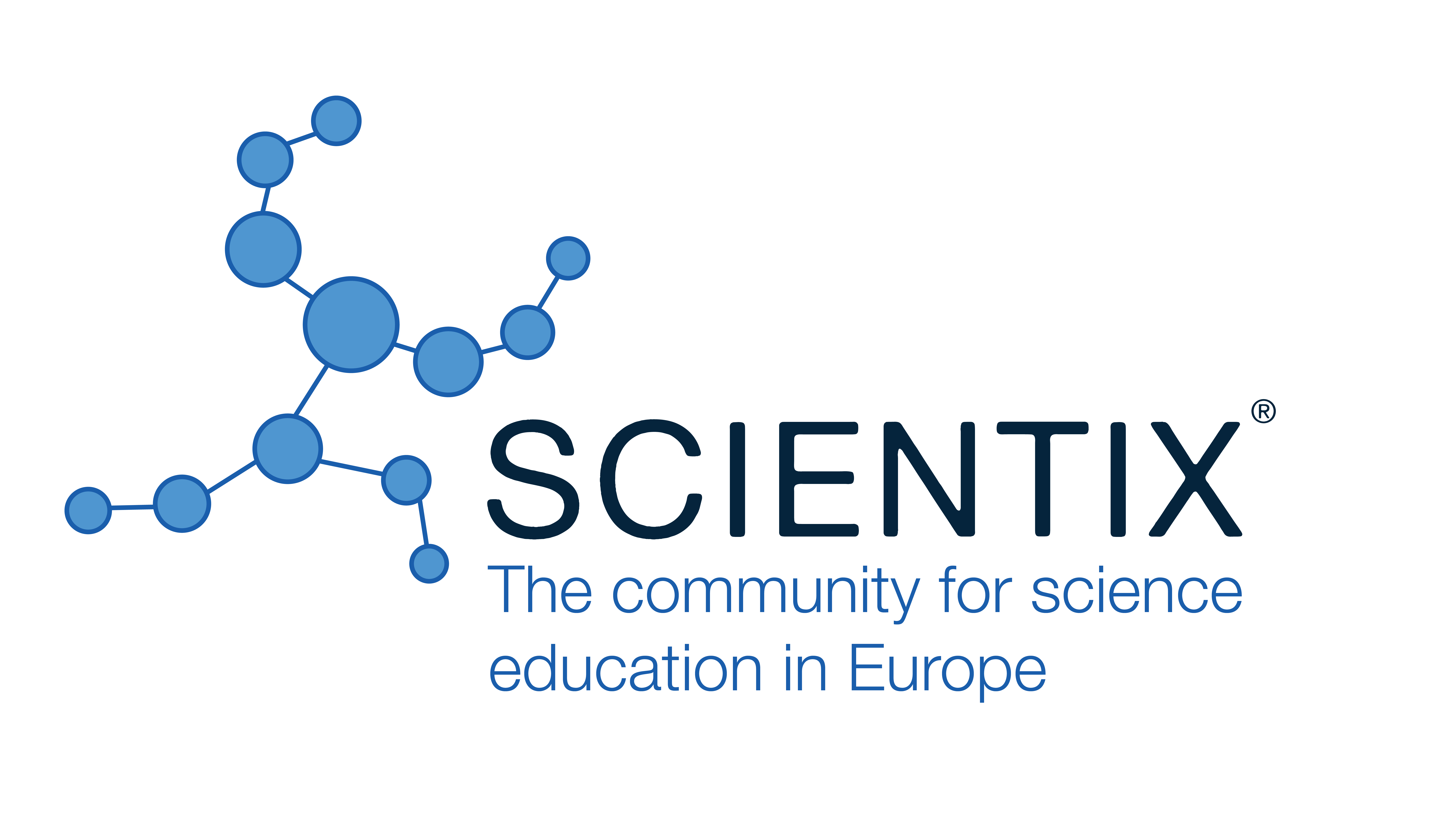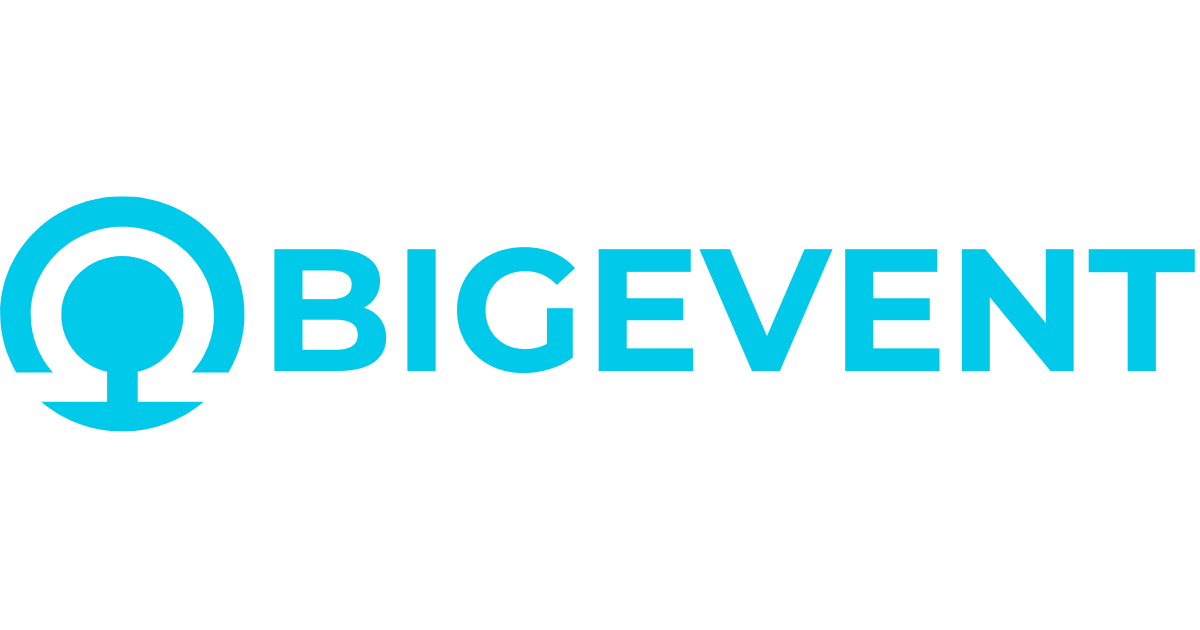Teaching Arabic Language for Non-Native Speakers. Project Proposal at The Euro-Mediterranean University, Fez - Morocco
Ibrahim Chaial, Sidi Mohammed Ben Abdullah University, Fez (Morocco)
Abstract
The field of teaching and learning the Arabic language to non-native speakers has known and continues to know a wide outbreak, and this is mainly due to the political, economic, and cultural developments that the world has witnessed. This has made the Arabic language an important pole in the field of teaching and learning languages. In this field, the focus is on linguistic skills in their integration, which the reference frameworks in language teaching combine as five skills, four of which are: listening, speaking, reading, and writing; the fifth is the cultural skill.
The process of teaching Arabic to non-native speakers is characterized by a focus on the learner rather than on the teacher, whose role is limited only to the processes of management, correction, and providing motivation and support to the learners on whom the focus is, through a number of interactive classroom and extracurricular activities.
Through this scientific paper, we will try to present a simplified view of an integrated project for foreign learners who are learning classical Arabic, with the aim of achieving the desired communicative and cognitive competencies. We can consider this educational scientific project as a turning point in curricula and educational programs that were limited to pre-determined pedagogical contents in teaching the Arabic language to non-native speakers in the classroom, through the following Results:
Educational Results:
- Building educational contents and materials according to the requirements of foreign learners;
- Creating a database of educational contents, distributed according to educational levels;
- Establishing a digital platform for assessment tests in accordance with the Common European Framework of Reference for Languages.
Touristic Results:
- Creating tourism partnerships with educational characteristics through coordination with some shops, traditional industry facilities, hotels of a traditional character, etc;
- Preparing applications that help learning during educational tourism trips;
- Providing a website (educational and touristic) that includes the most important historical monuments of the city of Fez and some other Moroccan cities.
Economic Results:
- Providing opportunities for non-native Arabic language learners to learn about local products through electronic applications;
- Facilitating services for purchasing local products by creating economic partnerships with educational shops;
- Monitoring the progress of the educational process from various aspects (educational, tourism, economic, and cultural) relies on specialized framers.
Cultural Results:
- Getting to know the diverse Moroccan culture in classical Arabic;
- Ensuring that foreign learners immerse themselves directly and indirectly in the culture of the Arabic language.
In preparing this scientific paper, we will rely on communicative and cognitive approaches.
Keywords: language teaching; communicative competencies cognitive construction; technological media; linguistic immersion.
References:
[1] Anna Hui. Christian Wagner (editor), (2021). Creative and Collaborative Learning through Immersion: Interdisciplinary and International Perspectives (Creativity in the Twenty First Century), Springer Nature Switzerland AG.
[2] Katrin Kohl; Rajinder Dudrah; Andrew Gosler; Suzanne Graham; Martin Maiden; Wen-chin Ouyang, (2020). Creative Multilingualism : A Manifesto, Open Book Publishers, Cambridge, UK, United Kingdom.
[3] Diane J. Tedick, Roy Lyster, (2019). Scaffolding Language Development in Immersion and Dual Language Classrooms, Routledge Series in Language and Content Integrated Teaching & Plurilingual Education.
[4] Fabrice Jaumont, (2019). La rivoluzione bilingue, Program of The Center for the Advancement of Languages, Education, and Communities (CALEC), TBR Books, New York.
[5] Mila Schwartz, (2018). Preschool Bilingual Education, Agency in Interactions Between Children, Teachers, and Parents, Springer International Publishing.
[6] Mark Leikin, Mila Schwartz, Yishai Tobin (auth.), Mark Leikin, Mila Schwartz, Yishai Tobin (eds.), (2012). Current Issues in Bilingualism: Cognitive and Socio-linguistic Perspectives, Springer Netherlands.
[7] Rinelle Evans, Ailie Cleghorn, (2012). Complex Classroom Encounters: A South African Perspective, Sense Publishers.
[8] Carol Klee, Andrew Lynch, and Elaine Tarone, (2011). Research and Practice in Immersion Education: Looking Back and Looking Ahead Selected Conference Proceedings, CARLA Centre For Advanced Research On Language Acquisition, University Of Minnesota.
[9] Fawzieh Ahmad Bader (Author), (2010). Al-Asas for Teaching Arabic for Non-Native Speakers: Part 1-2-3, Beginner Level (With Audio CD) (Arabic Edition) (Arabic for Non-native Speakers-professional) Paperback – July 1.
[10] Abdur Rahim. V, (2006). A glossary of words used in Durus al-lughah al-Arabiyyah li ghair al-natiqina biha, Islamic Foundation Trust, India.
[11] Karen Risager, (2006). Language and Culture: Global Flows and Local Complexity, Multilingual Matters, Clevedon, United Kingdom.
[12] Adama Ouane, (2003). Towards a Multilingual Culture of Education (UIE Studies), UNESCO Institute for Education, Hamburg, Germany.
 The Future of Education
The Future of Education





























